International
Latina Republicans deploy tough border rhetoric in chase for Texas seats
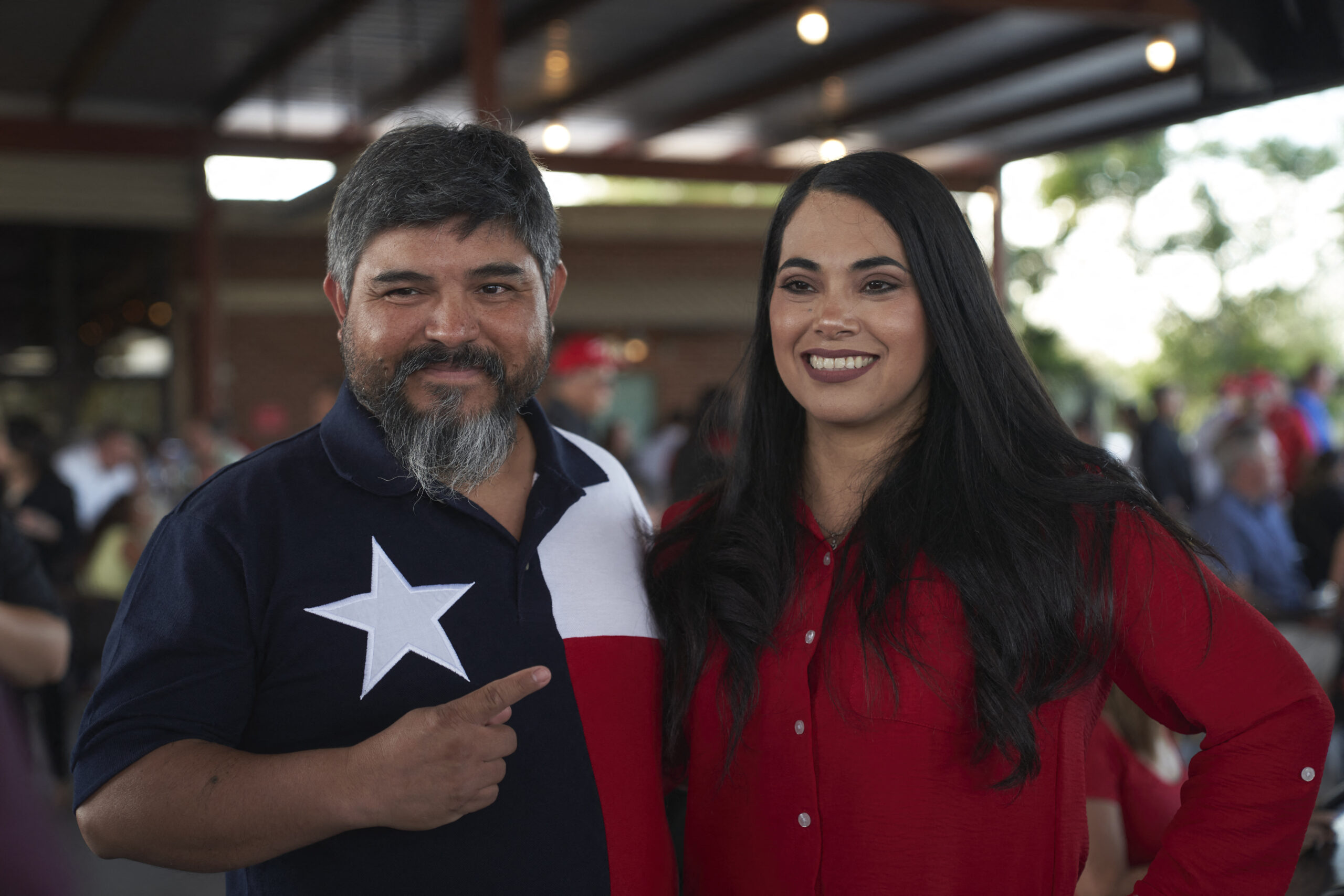
| By AFP | Paula Ramon |
When Mayra Flores made history this June as the first Mexican-born member of the US Congress, the Republican seized her south Texas seat from the Democrats by courting Latinos with strident calls to close the border.
That apparent paradox has made the 36-year-old — whose campaign slogan is “God, family, country” — one of the faces of the Republican Party’s new push in the border region for the November midterm elections.
She is bidding to repeat her victory next month, when fellow Latina Republicans Monica de la Cruz, Cassy Garcia and Carmen Maria Montiel will also vie for nearby congressional seats that for decades have remained Democratic.
The group hope to appeal directly to a community made up largely of immigrants and children of immigrants, who are increasingly calling to expand the wall that separates their adopted home country from Latin America.
Sara Rodriguez, a resident of Edinburg, 20 miles (32 kilometers) from the Mexico border, plans to vote for Flores because she “represents our views as far as immigration goes.”
“There’s an influx of a lot of people coming through the valley, especially here at the south border…. I feel like it’s very unsafe right now.”
Flores won her seat in a special poll this summer after the Democratic incumbent resigned.
Campaigning for re-election in the border city of McAllen, she won raucous applause from a crowd wearing boots and wide-brimmed hats during a speech peppered with fierce rhetoric on further tightening the border.
“Red wave! Red wave!” supporters chanted, referencing the Republican Party’s color, as a mariachi band played traditional Mexican music.
“The Democratic Party has walked away from the Hispanic community. They just take us for granted every election year,” Flores told AFP after her rally.
‘My hard work’
Democrats in various US states have for years benefited from the traditional support of Latino voters, which in the 1990s played a key role in transforming California into a solidly blue state.
But in south Texas, where Hispanics or Latinos (40.2 percent) outnumbered non-Latino or Hispanic whites (39.4 percent) for the first time this year, the Democrats’ lead has gradually shrunk.
In 2020, Donald Trump’s hardline immigration stance was widely credited with helping to slash the Democratic lead over Republican voters along the Texas border to 17 percent, from 33 percent four years earlier.
While they rarely mention the former president by name in speeches, local Republican candidates have adopted his nationalist and pro-wall rhetoric, while highlighting their community roots.
“It’s so important that you have people who live on the border, who understand the border, representing the border,” said de la Cruz, who hopes to win a seat held by Democrats for more than a century.
Jesus Contreras, a Mexican who became a naturalized US citizen in the 1990s, plans to vote for her after decades of supporting the Democrats.
“My parents, everybody, taught me, ‘Oh the Republicans are bad,’” he said, switching between English and Spanish. “But they’re not.”
Contreras blames the Democrats for the border situation, and for the rising cost of living.
“The folks that are coming across are helping the economy in which way? Do they pay taxes?” he asked.
“As far as I know, I’ve been paying taxes all my life. But yeah, they come over here and… get to reap the benefits of my hard work.
“I don’t think so.”
‘Unacceptable’
Between last October and this September, US authorities reported more than 2.3 million “border encounters” — a record.
The figure does not directly translate into the number of migrants, as many people try several times to cross.
Many are seeking asylum, claiming to be fleeing dangerous situations in countries such as Guatemala, Cuba, and Nicaragua.
Venezuela has seen an explosion in cases, with more than 180,000 of its citizens intercepted at the US southern border in one year.
For Montiel, a former beauty queen who is running in Houston to become the first Venezuelan-American in Congress, the situation is “unacceptable.”
“My constituents want the border to be closed, for there to be legal migration,” she told AFP.
“Even if they are Venezuelans, I do not agree with someone entering this country breaking the law,” she added, although her former country has no diplomatic relations with Washington and no functioning US embassy.
‘Coming from poverty’
Still, in the border city of Laredo, multiple Latino voters told AFP they defined themselves as Democrats because of the party’s humanitarian position on immigration.
“It is not dangerous here — migrants come to work,” says Gustavo Hernandez, a taxi driver who arrived 25 years ago from Mexico.
“They are just coming from poverty,” he added.
Sandra Ibarra, who spoke to AFP on her way to attend noon Mass at Laredo’s cathedral, said it was “necessary for everyone to get out and vote.”
President Joe Biden, a Democrat, “has done a lot of good things and he is trying to do everything he can to help immigrants, but the governor (Republican Greg Abbott) puts a lot of restrictions on us,” she said.
“We are at a crossroads.”
International
Cardinals seek a “unifier” as they prepare for conclave to elect new pope

Several cardinals who will participate in the conclave to elect Pope Francis’ successor said they are approaching the mission with “apprehension,” “responsibility,” and “hope,” while also beginning to outline the profile of the next pope: a “unifier.”
The 12-year pontificate of the first Latin American pope was marked by reforms and a simple style, which earned him strong opposition from the Church’s most conservative sectors, with his predecessor Benedict XVI as a symbol of that resistance.
“The task before us these days is greater than us, and yet it is a duty we must fulfill,” summarized French Cardinal Jean-Marc Aveline during a mass in Rome on Thursday evening.
A few meters away, Luxembourg Cardinal Jean-Claude Hollerich admitted to journalists that he approaches the conclave “with a certain apprehension,” but also with “great hope.”
“We feel very small. We must make decisions for the entire Church, so please pray for us,” added the Jesuit cardinal, who was a close advisor to the Argentine pontiff.
He estimated that the conclave would “probably” begin on May 5 or 6, after the nine-day mourning period at the Vatican known as the Novendiales.
International
Trump and Zelensky hold “very productive” meeting in Rome during Pope’s funeral
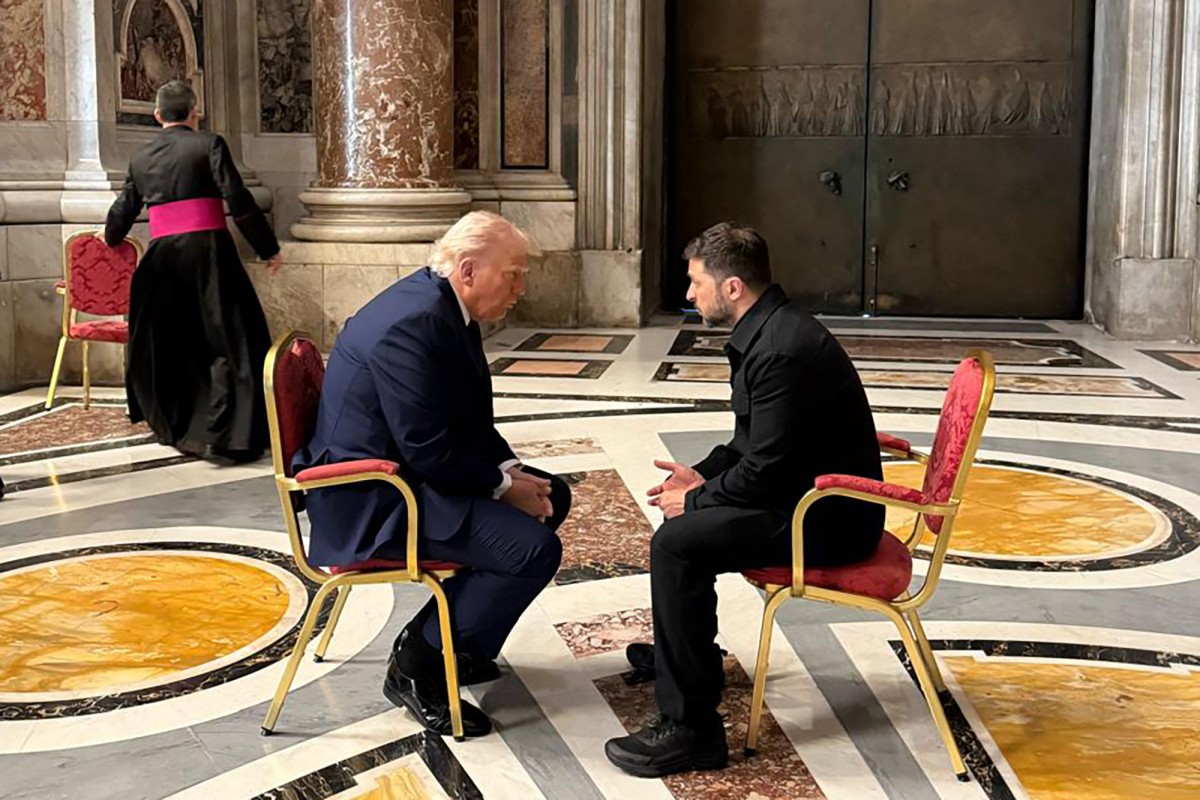
Donald Trump and Volodymyr Zelensky held a “very productive” meeting, according to the White House, this Saturday in Rome on the sidelines of Pope Francis’ funeral.
No specific details about their conversation were disclosed, but the White House promised to release more information later. Zelensky’s chief of staff, Andrii Yermak, described the 15-minute discussion at St. Peter’s Basilica as “constructive.”
This was the first meeting between the U.S. and Ukrainian presidents since their heated exchange in Washington on February 28, when Trump and his Vice President JD Vance verbally confronted Zelensky in the Oval Office.
Dozens of heads of state, government leaders, and senior officials gathered in Rome on Saturday for Pope Francis’ funeral, creating opportunities for multiple diplomatic meetings.
The Ukrainian presidency stated that Trump and Zelensky “agreed to continue” their talks later Saturday in the Italian capital and shared photos of both leaders seated face-to-face, also engaging in conversation with French President Emmanuel Macron and British Prime Minister Keir Starmer.
The U.S. president said on Friday that a deal between Ukraine and Russia is “very close,” without providing details, following discussions between his envoy Steve Witkoff and Vladimir Putin in Moscow about the possibility of launching “direct negotiations” between the two sides.
International
A magnitude 6 earthquake shakes the province of Esmeraldas in Ecuador, bordering Colombia
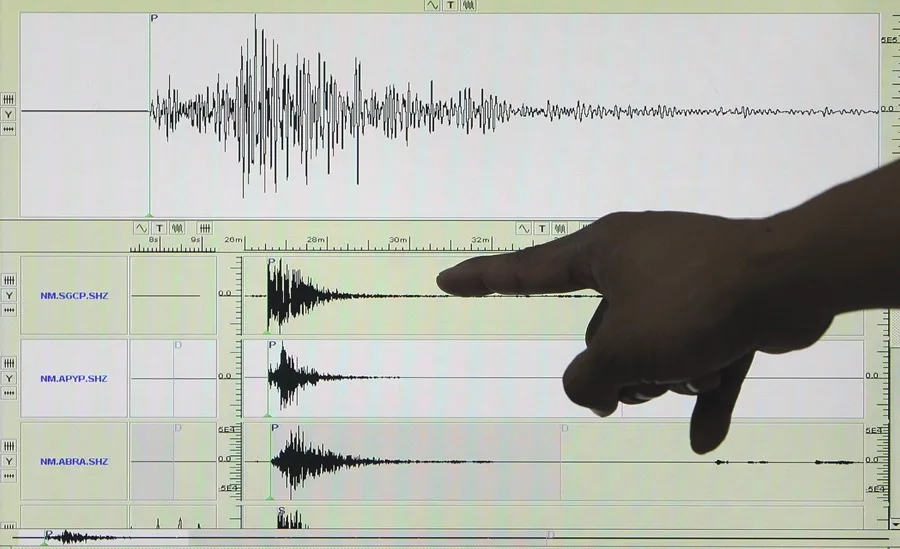
A magnitude 6 earthquake was recorded this Friday in the coastal province of Esmeraldas, bordering Colombia, causing damage to several infrastructures and leaving, so far, 20 people injured.
According to the Geophysical Institute of the National Polytechnic School, the earthquake occurred at 06:44 local time (11:44 GMT) at 1.03 degrees south latitude and 79.69 degrees west longitude.
According to the source, the tremor occurred at a depth of 30 kilometers and 9.31 kilometers from Esmeraldas, capital of the homonymous province.
According to the National Secretariat of Risk Management (SNGR), the affected people had head injuries and bruises.
While the SNGR continues with the verification of affectations, it indicated that 80% of the electricity service and 80% of the telecommunications that were affected, are gradually restored.
Among the affected public buildings are the ECU 911 due to a fall of masonry; the Vargas Torres University, which has cracks; the Los Militares building where the front collapsed and the Prefecture building, among others.
The SNGR reported that the earthquake was felt with strong intensity in seven municipalities of the province of Esmeraldas and moderately in the provinces of Guayas and Manabí, while mildly in Carchi, Cotopaxi, Imbabura, Los Ríos, Pichincha, Santo Domingo de los Tsáchilas and Tungurahua.
About twenty minutes after the earthquake in Esmeraldas, one of magnitude 4.1 was reported in the coastal province of Guayas, located in the southeast of the country, without damage or victims having been reported so far.
The President of Ecuador, Daniel Noboa, ordered the displacement of all his ministers to Esmeraldas, in order to coordinate actions after the magnitude 6 earthquake recorded this Friday.
“I have arranged for the immediate deployment of all ministers in the province of Esmeraldas to coordinate the installation of shelters, delivery of humanitarian aid kits and assistance in everything our people need,” Noboa wrote on his social network account X.
The province of Esmeraldas was one of the most affected by the 7.8 magnitude earthquake recorded on April 16, 2016, which left more than 670 dead, thousands affected, as well as millions of material losses.
This earthquake also hit the province of Manabí, located, like Esmeraldas, on the coast of the Andean country, but also affected other areas and was felt strongly, even in the Ecuadorian capital.
Ecuador is located in the Pacific Ring of Fire or Belt, which concentrates some of the most important subduction areas (sinking of tectonic plates) in the world and is the scene of strong seismic activity.
In addition to Ecuador, the Horseshoe-shaped Belt comprises a large number of countries such as Chile, Argentina, Bolivia, Peru, Colombia, Panama, Costa Rica, Nicaragua, El Salvador, Honduras, Guatemala, Mexico, the United States and Canada.
-

 International4 days ago
International4 days agoPope Francis and Trump, a relationship of disagreements marked by migration
-

 International5 days ago
International5 days agoDHS Secretary Kristi Noem’s Purse Stolen in D.C. Restaurant Heist
-

 International3 days ago
International3 days agoFrom the transfer of the coffin to the funeral, three days to say goodbye to Pope Francis
-

 International4 days ago
International4 days agoWithin Francis’ private wake: respect and prayer for the deceased pope
-

 International3 days ago
International3 days agoEl Salvador formalizes the proposal for the exchange of Venezuelan deportees, according to Bukele
-

 International4 days ago
International4 days agoTrump’s emissary will visit Russia this week for consultations on the arrangement in Ukraine
-

 International3 days ago
International3 days agoA very heterogeneous and divided conclave will elect the new pope
-

 International3 days ago
International3 days agoModi returns to India and shortens his visit to Saudi Arabia after a deadly attack in Kashmir
-

 International4 days ago
International4 days agoCardinal Becciu’s enigma: will he enter the conclave?
-

 International4 days ago
International4 days agoThe pope last called the Gaza parish on Saturday and asked about the children
-

 International4 days ago
International4 days agoA candidate for the Supreme Court denounces an unequal dispute in the judicial election of Mexico
-

 International4 days ago
International4 days agoAmerican universities and colleges sign a letter against Trump’s policy
-

 International4 days ago
International4 days agoThe Government of Colombia presents twelve questions that it will propose in a popular consultation to promote its reforms
-
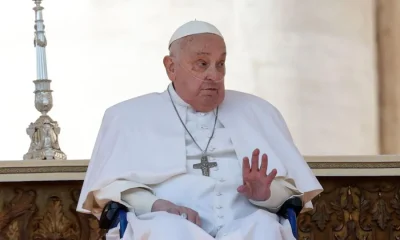
 International1 day ago
International1 day ago“A dignified life” for migrants, the plea in Panama in memory of Pope Francis
-

 International4 days ago
International4 days agoBurma’s military junta extends ceasefire until April 30 due to the earthquake
-
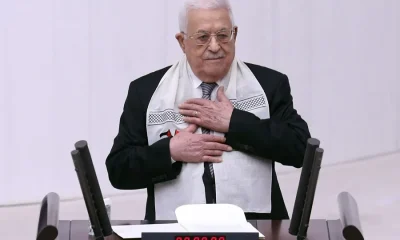
 International2 days ago
International2 days agoThe Arab League supports Hamas handing over control of Gaza and weapons to the Palestinian Authority
-
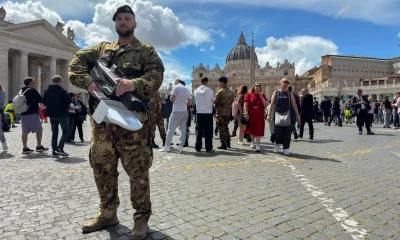
 International2 days ago
International2 days agoThe Pope’s funeral procession through the center of Rome worries the Italian authorities
-

 International3 days ago
International3 days agoThe Peruvian Public Ministry denounces the former attorney general for an alleged corruption case
-

 International3 days ago
International3 days agoMaradona’s house arrest is again a focus of tension in the trial for his death
-

 International4 days ago
International4 days agoInternational leaders begin to confirm their presence at Pope Francis’ funeral
-

 International4 days ago
International4 days agoRoyal quinoa, the superfood that grows in front of the largest salt flat in the world in Bolivia
-
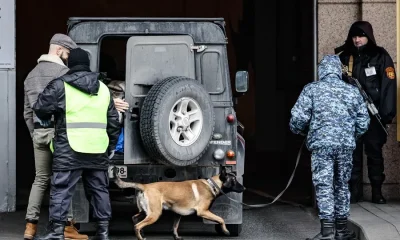
 International1 day ago
International1 day agoA Russian general dies in the explosion of a car bomb near Moscow
-

 International3 days ago
International3 days agoA judge orders the Trump Government to restore Voice of America services
-

 International4 days ago
International4 days agoChurch charges ceased or resigned in the papacy of Francis for cases of pedophilia
-

 International3 days ago
International3 days agoDonald Trump will visit Saudi Arabia, Qatar and the United Arab Emirates in mid-May
-
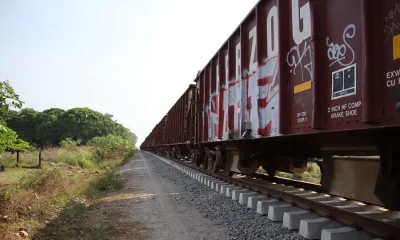
 International2 days ago
International2 days agoMigrants want to stay on Mexico’s southern border because of Sheinbaum’s industrial plan
-
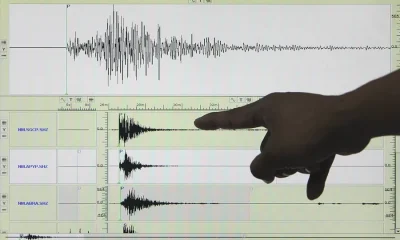
 International1 day ago
International1 day agoA magnitude 6 earthquake shakes the province of Esmeraldas in Ecuador, bordering Colombia
-

 International3 days ago
International3 days agoThe president of the World Bank underlines his intention to lift his veto on nuclear energy
-
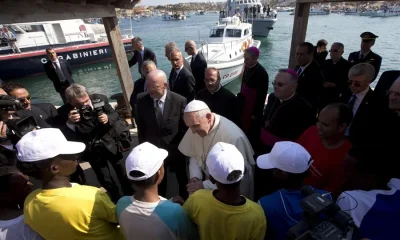
 International2 days ago
International2 days agoA group of the poor and a delegation of migrants will participate in the funeral and burial of the pope on Saturday
-
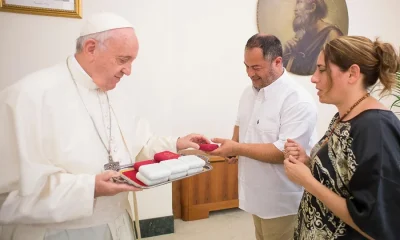
 International2 days ago
International2 days agoFrom email to marriage: the day Pope Francis married a Uruguayan couple
-
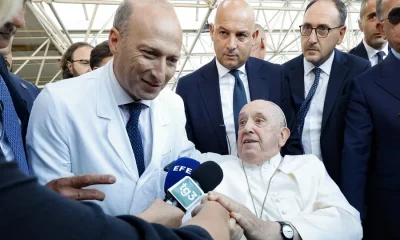
 International2 days ago
International2 days agoThe pope’s doctor reveals his last moments of life and that he wanted to “die at home”
-

 International3 days ago
International3 days agoMarco Rubio reorganizes the State Department to eliminate offices and jobs
-

 International1 day ago
International1 day agoPutin and Witkoff address possible direct negotiations between Russia and Ukraine
-
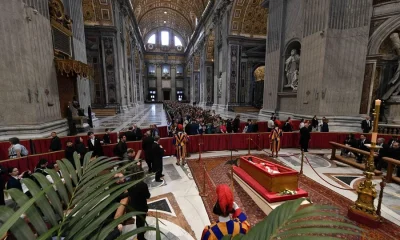
 International1 day ago
International1 day agoPope Francis’ funeral procession will be a six-kilometer journey through the heart of Rome
-

 International3 days ago
International3 days agoThe Brazilian Supreme Court opens trial against six others accused of leading the coup attempt
-
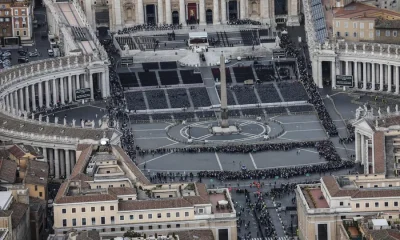
 International1 day ago
International1 day agoPreparations for Pope Francis’ funeral, in figures
-

 International3 days ago
International3 days agoA judge in the United States stops the deportation to El Salvador of a hundred Venezuelans
-
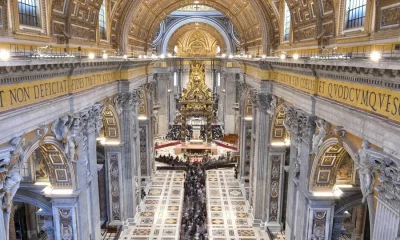
 International1 day ago
International1 day agoThe protocol for the funeral of Pope Francis, a delicate diplomatic work
-

 International1 day ago
International1 day agoSocial networks, protagonists in the farewell to Pope Francis for ‘selfies’ in front of his coffin
-
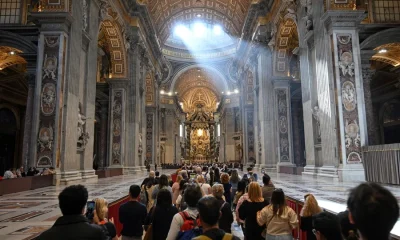
 International1 day ago
International1 day agoAbout 150,000 people say goodbye to the pope in St. Peter’s Basilica before the funeral

















